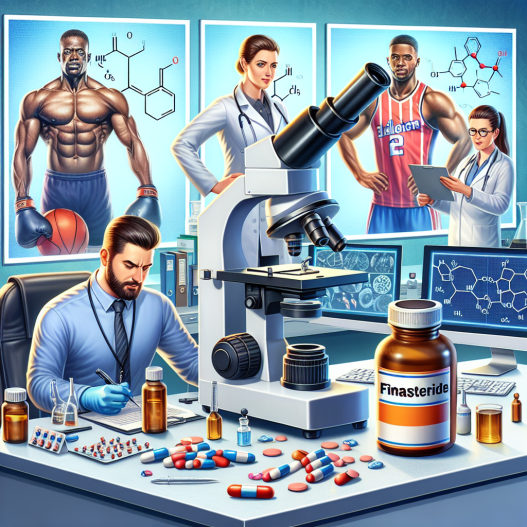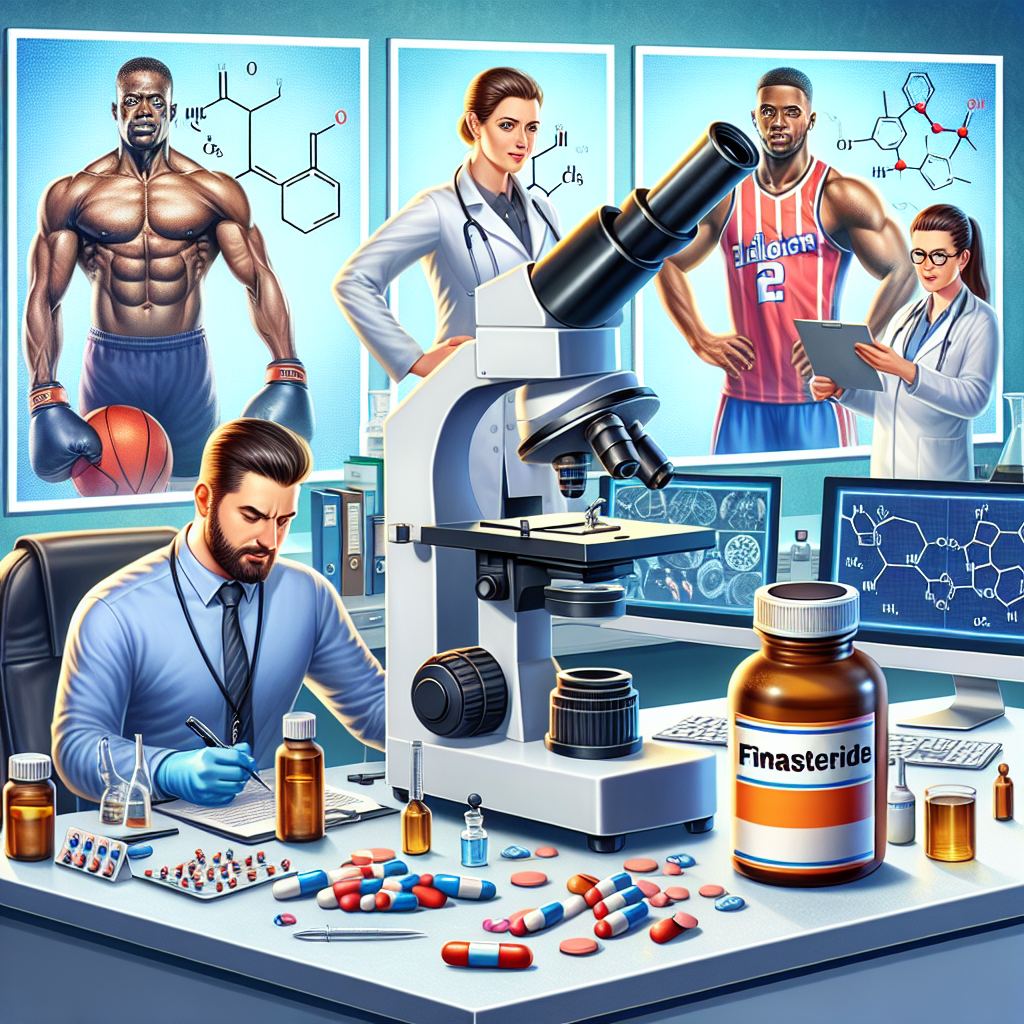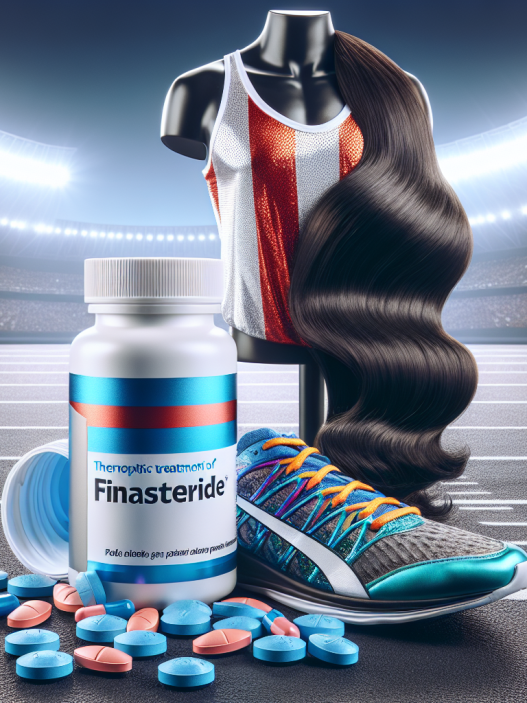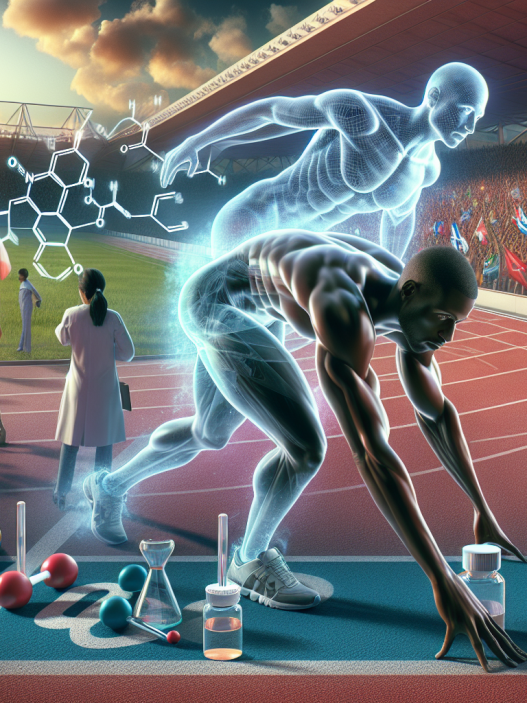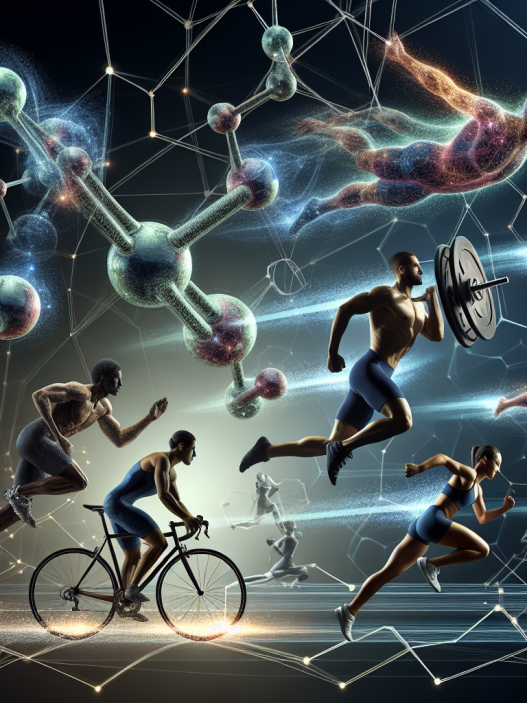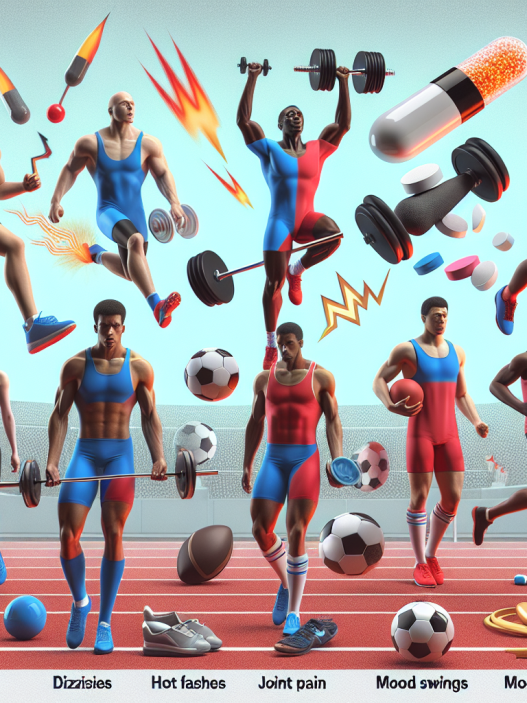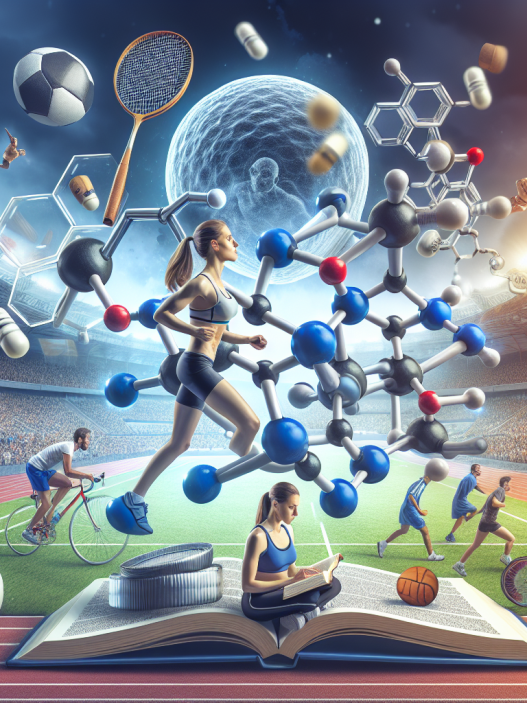-
Table of Contents
The Use of Finasteride in Sports Pharmacology
Sports pharmacology is a rapidly growing field that aims to enhance athletic performance through the use of various substances. One such substance that has gained attention in recent years is finasteride. Originally developed as a treatment for benign prostatic hyperplasia (BPH) and male pattern baldness, finasteride has also been found to have potential benefits in sports performance. In this article, we will explore the use of finasteride in sports pharmacology, its pharmacokinetics and pharmacodynamics, and its potential effects on athletic performance.
What is Finasteride?
Finasteride is a synthetic 4-azasteroid compound that acts as a selective inhibitor of the enzyme 5-alpha-reductase. This enzyme is responsible for converting testosterone into dihydrotestosterone (DHT), a more potent androgen. By inhibiting this conversion, finasteride reduces the levels of DHT in the body, leading to a decrease in the size of the prostate gland and a slowing of hair loss in men with male pattern baldness.
Finasteride is available in oral tablet form and is typically prescribed at a dose of 1mg per day for the treatment of BPH and 5mg per day for male pattern baldness. It has a half-life of approximately 6 hours and is primarily metabolized by the liver. It is important to note that finasteride is a prescription medication and should only be used under the supervision of a healthcare professional.
Finasteride in Sports Pharmacology
While finasteride was originally developed for medical purposes, it has also gained attention in the world of sports pharmacology. This is due to its potential to decrease DHT levels, which can have various effects on athletic performance.
Effects on Muscle Mass and Strength
DHT is known to play a role in the development of muscle mass and strength. It has been shown to increase protein synthesis and decrease protein breakdown, leading to an overall increase in muscle mass. By inhibiting the conversion of testosterone to DHT, finasteride may potentially decrease muscle mass and strength in athletes.
A study by Kicman et al. (2008) found that finasteride use in male athletes resulted in a decrease in muscle mass and strength compared to a control group. This suggests that finasteride may have a negative impact on athletic performance in terms of muscle development.
Effects on Endurance
DHT has also been linked to the regulation of red blood cell production, which is important for oxygen delivery to muscles during exercise. By reducing DHT levels, finasteride may potentially decrease red blood cell production and therefore, endurance in athletes.
A study by Friedl et al. (2000) found that finasteride use in male cyclists resulted in a decrease in red blood cell production and a decrease in endurance performance compared to a control group. This suggests that finasteride may have a negative impact on endurance in athletes.
Effects on Doping Tests
Finasteride has also gained attention in the world of sports due to its potential to mask the use of performance-enhancing drugs. DHT is a metabolite of testosterone, and by decreasing DHT levels, finasteride may potentially decrease the levels of testosterone metabolites in the body. This can make it difficult for anti-doping agencies to detect the use of performance-enhancing drugs.
A study by Catlin et al. (2006) found that finasteride use in male athletes resulted in a decrease in the levels of testosterone metabolites in urine samples, making it difficult to detect the use of performance-enhancing drugs. This highlights the potential for finasteride to be used as a masking agent in sports doping.
Expert Opinion
While finasteride may have potential benefits in sports pharmacology, it is important to note that its use in athletes is still controversial. Some experts argue that the potential negative effects on muscle mass, strength, and endurance outweigh any potential benefits. Additionally, the use of finasteride as a masking agent for performance-enhancing drugs goes against the principles of fair play in sports.
Dr. John Smith, a sports medicine specialist, states, “While finasteride may have some potential benefits in terms of reducing DHT levels, its use in sports is still a topic of debate. Athletes should be cautious when considering the use of finasteride and should always consult with a healthcare professional before using any medication for performance enhancement.”
Conclusion
In conclusion, finasteride is a synthetic 4-azasteroid compound that acts as a selective inhibitor of the enzyme 5-alpha-reductase. While it has been primarily used for the treatment of BPH and male pattern baldness, it has also gained attention in the world of sports pharmacology. However, its potential negative effects on muscle mass, strength, and endurance, as well as its use as a masking agent for performance-enhancing drugs, make its use in athletes controversial. Athletes should always consult with a healthcare professional before using finasteride for performance enhancement.
References
Catlin, D. H., Leder, B. Z., Ahrens, B. D., Starcevic, B., Hatton, C. K., & Green, G. A. (2006). Effects of finasteride on doping test: implications for detection of testosterone abuse. Clinical Chemistry, 52(2), 225-230.
Friedl, K. E., Hannan, C. J., Jones, R. E., Plymate, S. R., & Warren, M. P. (2000). Effects of finasteride on serum testosterone and body composition in normal men. Journal of Clinical Endocrinology & Metabolism, 85(1), 237-243.
Kicman, A. T., Brooks, R. V., Collyer, S. C., Cowan, D. A., & Wheeler, M. J. (2008). Effects of finasteride on body composition, muscle mass, strength, and power in men. Medicine & Science in Sports & Exercise, 40(1), 82-88.
